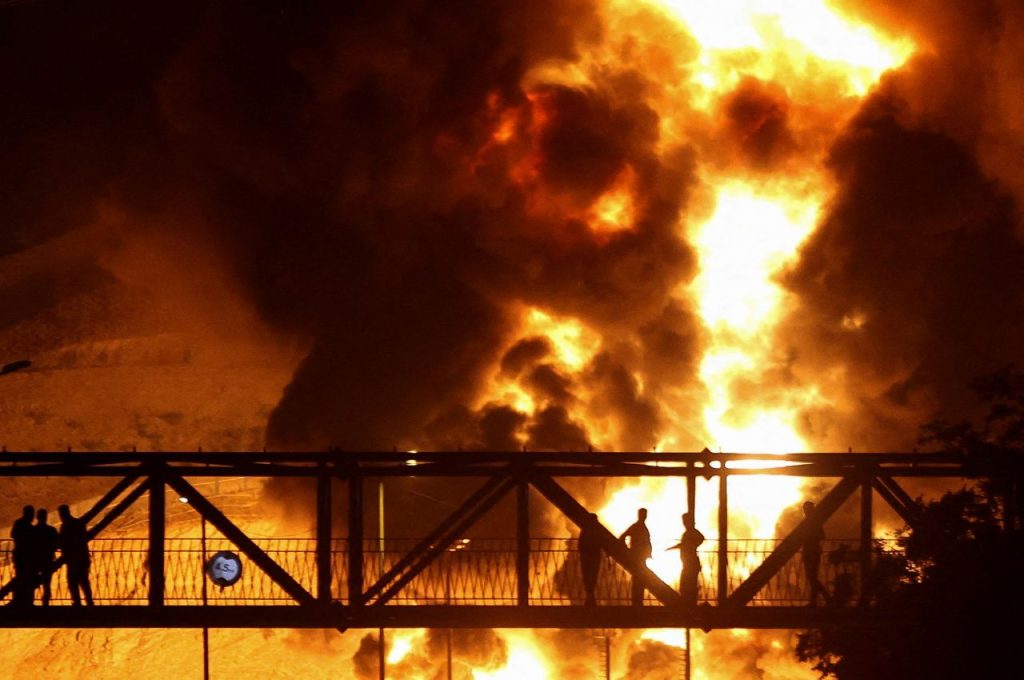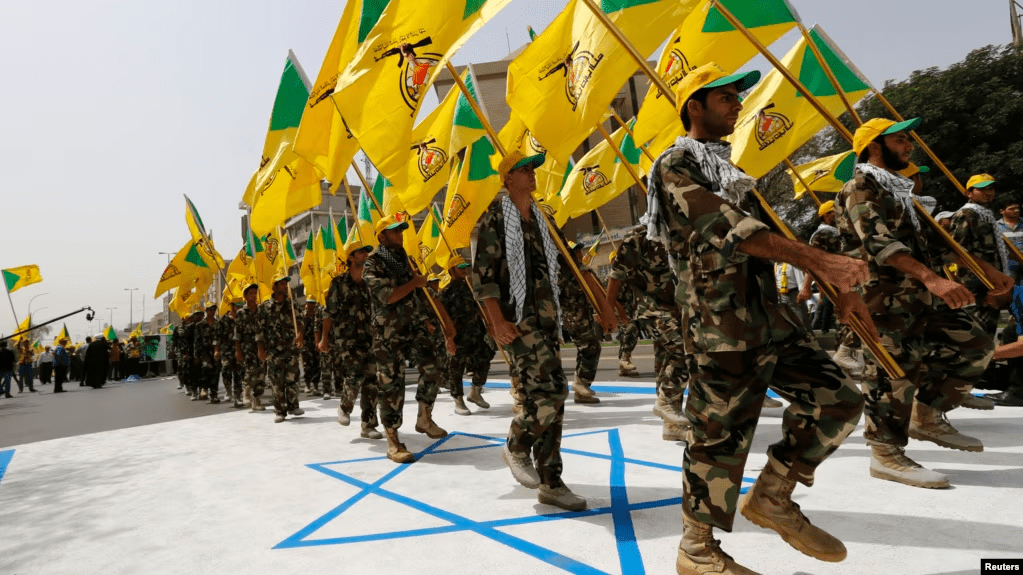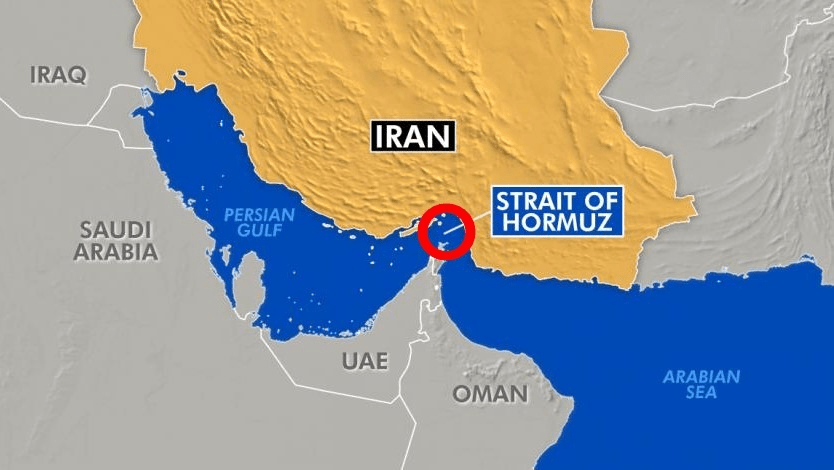The recent military escalation between Iran and Israel is claimed to be one of the most intense confrontations between the two countries in decades.
What began as a long-standing ideological and strategic rivalry has now turned into direct military exchanges with significant casualties and damage on both sides. As of now, there are no signs of either country backing down, raising concerns about broader regional destabilization.

Via Aljazeera

Via Aljazeera
What Sparked the Escalation?
1. Israel Cites Iran’s Nuclear Advances
At the core of the tension is Israel’s long-standing concern over Iran’s nuclear ambitions. Israeli leaders argue that Iran has consistently called for the destruction of Israel and accuse Tehran of trying to acquire nuclear weapons under the cover of a peaceful energy program.
Israel views Iran’s nuclear progress as a direct threat to its national security.
Is Iran as Close to Building a Nuclear Weapon as Israel Claims?
Iran denies these accusations. Its leadership insists that its nuclear activities are solely for civilian energy purposes.
The United States’ own intelligence, as recently as March, stated that Iran is not currently building a nuclear weapon and that Supreme Leader Ali Khamenei has not reauthorized a weapons program since suspending it in 2003.
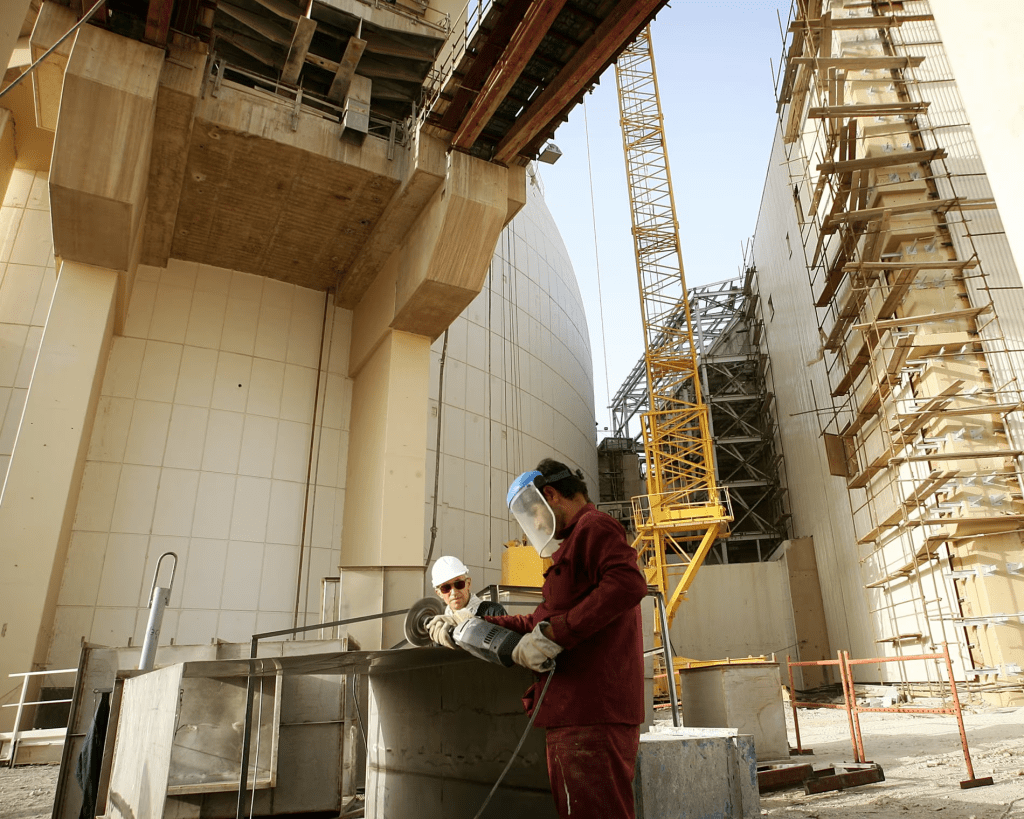

2. A Broader Concern: Iran’s Support for Anti-Israel Militias
For Israel, Iran is not just a threat on its own, but as the head of what Prime Minister Benjamin Netanyahu has called “the octopus” — a regional alliance of groups such as Hezbollah, Hamas, and the Houthis, all of whom oppose Israel and make up the “Axis of Resistance”.
Escalation Begins
Israel Strikes Inside Iran on Friday
Early on Friday, Israel launched a series of coordinated airstrikes deep inside Iranian territory. Using a combination of warplanes and drones — some reportedly smuggled into Iran beforehand — Israeli forces hit high-value military and nuclear targets.


What Was Targeted? Major Strikes on Nuclear and Military Sites
Among the key sites struck:
- Natanz, Iran’s main nuclear enrichment facility,
- Fordo, another underground nuclear enrichment site southeast of Tehran
- Isfahan, home to a nuclear research center
- Western Iran, where dozens of radar stations and missile defense systems were reportedly destroyed
- Tehran, where Israeli strikes reportedly targeted the Shahran oil facility and the Iranian Defence Ministry headquarters
- South Pars gas field, a key energy source, where a fire broke out after Israeli strikes. Though later contained, the impact on Iran’s energy supply remains unclear
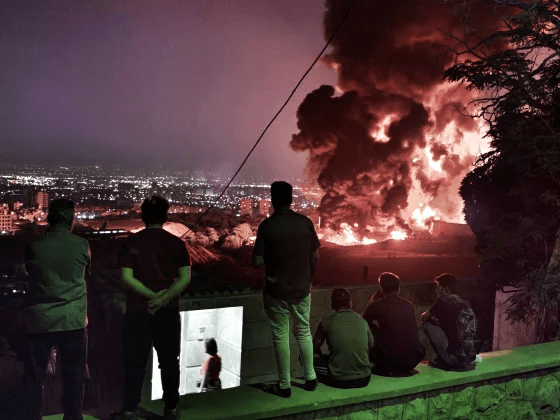

High-Profile Casualties: Key Iranian Generals and Nuclear Experts Among the Dead
In one of the most significant developments, multiple senior Iranian military leaders were killed, including:
- Hossein Salami, head of the Islamic Revolutionary Guard Corps (IRGC)
- Mohammad Bagheri, chief of staff of the Iranian armed forces
- Several prominent Iranian nuclear scientists
How Did Iran Retaliate?
Iran Targets Israeli Cities in Swift Missile Response
Iran responded within hours, launching waves of ballistic missiles at Israeli territory. The attacks targeted key cities, including Jerusalem, Tel Aviv, Haifa, and Tamra. Some missiles managed to bypass Israel’s advanced air defense systems, resulting in civilian and military casualties.


What Was Targeted? Israeli Cities and Energy Sites
Iranian officials stated the attacks were a response not only to the killing of their top commanders and scientists but also to the destruction of critical infrastructure. Among the claimed Iranian counterattacks:
- Missile strikes killed 13 people in Israel and injured over 380
- A direct hit on Haifa, where key gas infrastructure is located, caused damage to pipelines and oil transport lines
- Claims of downing an Israeli F-35 fighter jet, though Israel has denied this, and no visual evidence has been presented


Iran Considers Closing the Strait of Hormuz, the World’s Most Important Oil Chokepoint
Iran is considering closing the Strait of Hormuz, according to Iranian state media, citing conservative lawmaker Esmail Kosari.
The waterway, described by the U.S. Energy Information Administration as the “world’s most important oil transit chokepoint,” sees about 20% of global oil pass through daily. Shutting it down would send oil prices soaring and risk dragging more countries into the conflict.
What Comes Next?
The situation remains extremely volatile. The recent exchanges mark a dangerous new phase in the Iran-Israel conflict — one that involves direct attacks on each other’s soil. While international leaders have called for immediate de-escalation, both Tehran and Tel Aviv appear determined to hold their ground.
Without a clear off-ramp, the risk of a broader regional war continues to grow. The next few days may be critical in determining whether this latest round of violence will spiral into something even more devastating or whether diplomatic channels can be reopened in time to stop it.
WE ALSO SAID: Don’t Miss…A Critical Moment: UN Calls for Urgent Action on Iran’s Nuclear Deal


